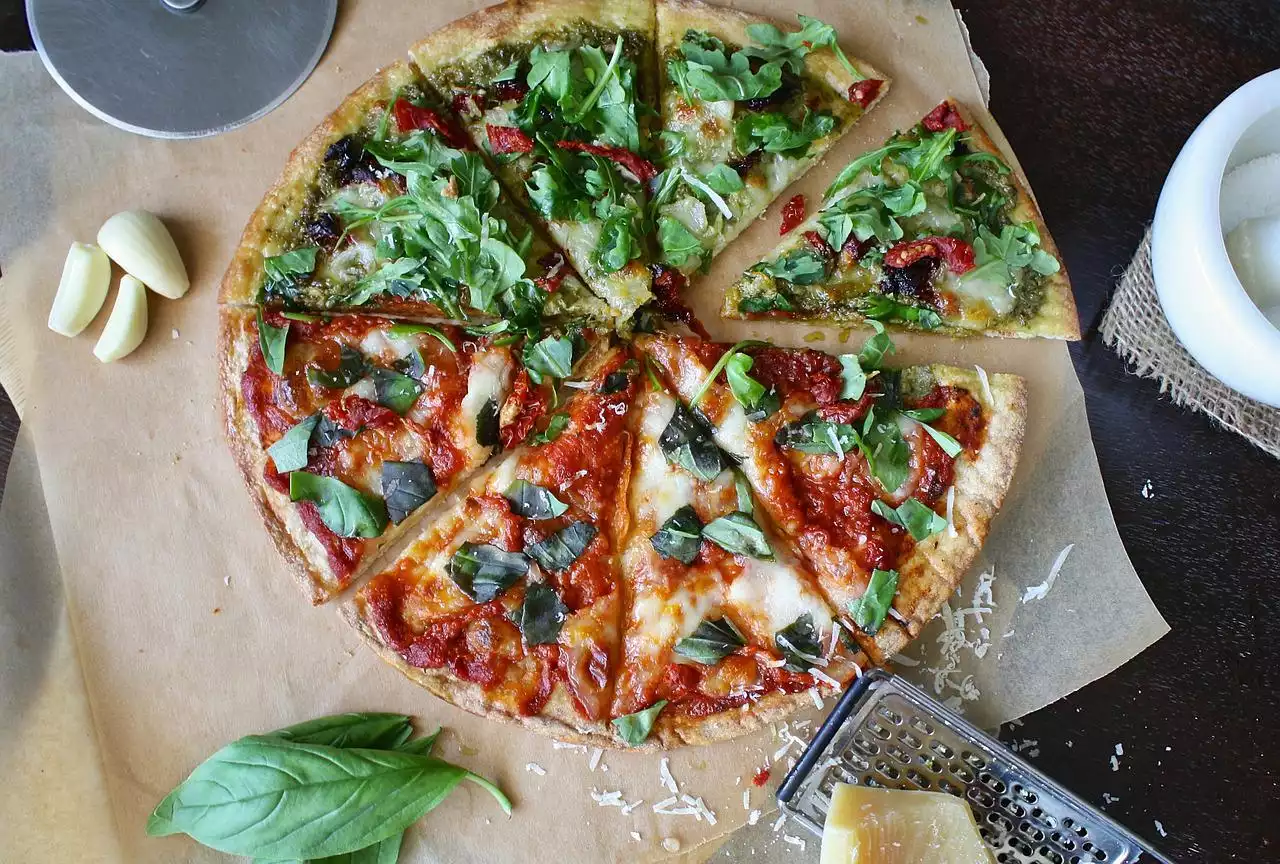Pasta is one of the world's most popular dishes, and for good reason. It's incredibly easy to make, and as a result, it can be paired with just about anything. Really, anything. Chicken, beef, seafood, vegetables, and even sweets can all be paired with pasta. Of course, the quality of the pasta you make the dish with matters, but the most important thing is to make sure you're using the right cheese for the job.
A good rule of thumb is to look for hard cheeses when cooking with Italian cheese. These types of cheeses have a stronger flavor, so they'll stand out in a dish. For example, parmesan cheese adds a nutty and bold flavor to a number of dishes, while pecorino cheese has a bit of a sharper flavor, which can play well with other dishes.
Besides that, there aren’t too many differences between the different types of Italian cheese. Here’s a list of the most common Italian cheeses, their specific uses, and some tips for using them in your cooking.
What is Italian Cheese?
Italian cheese is made in one of two countries: Italy, or France. The two countries have different guidelines for making cheese, so the end products are quite different. Most Italian cheeses are made from cow’s milk. But there are also many goat-cheeses and sheep-cheeses produced in Italy.
There are several types of Italian cheese. Most have a strong, distinctive flavor and are often used in cooking. Parmesan is an especially popular cheese in many parts of the world. It’s used in a wide variety of dishes, including pasta, pizza, salads, and more.
What Different Types of Italian Cheese Are There?
- Mozzarella - This is actually a type of curd cheese, which is often used as a pizza topping.
- Ricotta - This is a type of curd cheese made from cow’s or sheep’s milk. It’s used as a dessert or a filling for pastries. It’s often served warm.
- Gorgonzola - This is a blue cheese, and it’s often used in salads and on burgers.
- Parmesan - This is one of the most popular cheeses in the world, and it’s used in a wide variety of dishes, especially pasta.
- Pecorino - This is another popular type of cheese, and it’s used in a wide variety of dishes, including salads, pastas, and pizza.
- Fontina - This is another type of soft cheese, and it’s often used as a grilled cheese sandwich or grilled as a side.
- Caciocavallo - This is a type of sheep’s cheese, and it’s often used as a grilled cheese sandwich or grilled as a side.
How to Use Italian Cheese in Cooking
Most Italian cheeses are strong cheeses that stand out in a dish. So, when you’re making a recipe, you can use them in place of Parmesan or other more subtle cheeses. This also means that Parmesan is the sort of cheese that cooks well. It can withstand a wide range of temperatures. So, if you want to use it for a grilled cheese sandwich, that’s fine.
Pros of Using Italian Cheese in Cooking
- Cheap - Many of the cheeses that fall under the “Italian cheese” category are fairly cheap. The cost you pay for them is often far less than other cheeses. So, these can make the perfect choice for anyone trying to save money.
- Strong Flavor - Most Italian cheeses are strong cheeses, so they’ll stand out in a dish. These cheeses have a great flavor, so they’ll have a great taste in whatever you pair them with.
- Versatile - While Parmesan is the most common type of Italian cheese, there are many others that are suitable for cooking. This allows you to experiment with a wide variety of flavors and foods.
- Easy to Find - Lots of Italian cheese is produced in the United States, so it’s easy to find. In addition, most grocery stores carry a wide variety of these cheeses, so you can usually find one that’s convenient for you.
- Safe to Serve - Since most Italian cheeses are fairly strong cheeses, they’re safe for children to eat. This means that you don’t have to worry about your child eating a cheese that has gone bad.
- Healthy - The cheeses that fall under the “Italian cheese” category tend to be fairly low in fat. This means that they’re a good choice for people trying to eat healthier.
- Flavor-Oriented - Most Italian cheeses have a very strong flavor. This means that you can use them to add lots of flavor to a dish. For example, Parmesan can be used in place of salt, and pecorino cheese can be used in place of pepper.
Final Words: Italian Cheese for Cooking
Italian cheese is a type of hard cheese made in one of two countries: Italy or France. The two countries have different guidelines for making cheese, so the end products are quite different. Most Italian cheeses are made from cow’s milk. But there are also many goat-cheeses and sheep-cheeses produced in Italy.


 Breaking the Habit of Smoking
Breaking the Habit of Smoking
 The Ultimate Christmas Gift Guide for Sisters: From Skincare to Loungewear
The Ultimate Christmas Gift Guide for Sisters: From Skincare to Loungewear
 15 Greatest and Most Famous Spanish Rock Bands
15 Greatest and Most Famous Spanish Rock Bands What is Pizza and Where Did it Originate?
What is Pizza and Where Did it Originate? The Varieties of Pastas in an Italian Kitchen
The Varieties of Pastas in an Italian Kitchen Italian Olive Oil and the Italian Olive Farmers
Italian Olive Oil and the Italian Olive Farmers Italian Cuisine and the Best Tomato Sauce
Italian Cuisine and the Best Tomato Sauce Italian Cuisine and Food from the Sea
Italian Cuisine and Food from the Sea